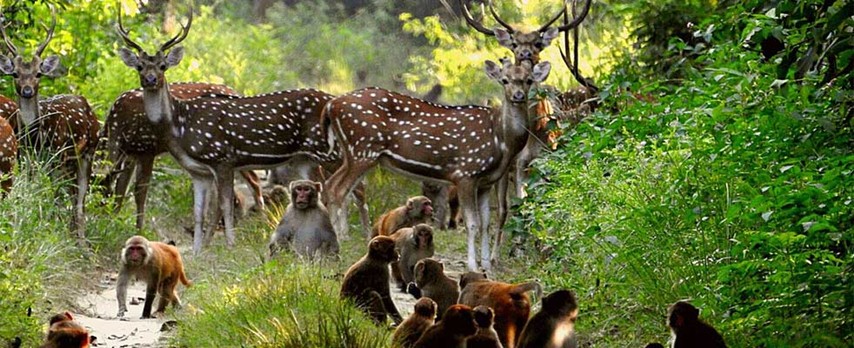Finding Your Way: A Guide to Indian Reserves Near You
Finding Your Way: A Guide to Indian Reserves Near You

Ever wondered about the rich history and vibrant culture of First Nations communities right in your backyard? You’re not alone! Many folks are curious about the fascinating world of Indian reserves, but finding information can be tricky. That’s where this guide comes in! We’re diving deep into the world of Indian reserves, exploring how to find them, what to expect, and how to be a respectful visitor.
A World of Diversity: What Are Indian Reserves?
Related Articles: Finding Your Way: A Guide to Indian Reserves Near You
- Arizona’s Tribal Tapestry: A Guide To The State’s Indian Reservations
- Uncover the Thriving World of Indian Reservation Casinos in New York
- Uncover the Native American Tribes of Oklahoma: A Journey of Discovery
- Unveil the Biggest Indian Reservation in the USA: Discoveries and Insights Await!
- Unveiling Oklahoma's Native Heritage: Discover the Oklahoma Indian Tribes
First, let’s clear up some terminology. "Indian reserve" is a term used in Canada, while "reservation" is more common in the United States. Both refer to land set aside for Indigenous peoples by the government. These lands are often rich in history, culture, and natural beauty, and they play a vital role in preserving Indigenous traditions and languages.
Unveiling the Map: Finding Indian Reserves Near You
So, how do you find these amazing places? Here’s the scoop:
-
Online Resources: Several websites offer maps and information about Indian reserves. One great starting point is the Native Land Digital website. This interactive map lets you zoom in on your area and see the names and locations of nearby reserves.

Government Websites: Both Canada and the United States have government websites with detailed information about Indian reserves. In Canada, check out the Indigenous and Northern Affairs Canada website. In the United States, the Bureau of Indian Affairs website is your go-to source.
-
Local Libraries and Community Centers: Don’t underestimate the power of your local library or community center. They often have resources and maps of nearby Indigenous communities. Plus, they might have knowledgeable staff who can point you in the right direction.
-
Local Indigenous Organizations: Reaching out to local Indigenous organizations or community centers is a great way to get firsthand information. They can tell you about local events, cultural activities, and how to best show respect when visiting.

Beyond the Map: Understanding the Nuances

Now that you’ve got your map in hand, it’s time to think about the nuances of visiting Indian reserves. Remember, these are not just geographic locations; they’re living communities with their own laws, traditions, and customs. Here are some things to keep in mind:
-
Respectful Engagement: Before you visit, do some research. Learn about the specific history and culture of the community you’re interested in. This will help you understand their perspectives and ensure you’re respectful of their traditions.
-
Seeking Permission: It’s always best to contact the community directly before visiting. Some reserves have specific guidelines for visitors, and others may require permission to enter.
-
Cultural Sensitivity: Be mindful of your language and actions. Avoid using stereotypes or making assumptions about Indigenous cultures. If you’re unsure about something, it’s always best to ask.
-
Supporting Local Businesses: When visiting a reserve, consider supporting local businesses and artisans. This helps contribute to the community’s economy and helps preserve their traditional crafts.
-
Engaging in Cultural Events: Many reserves host cultural events and festivals throughout the year. These events are a fantastic opportunity to learn about Indigenous traditions, music, dance, and storytelling.
Beyond the Visit: Building Bridges
Visiting an Indian reserve isn’t just about seeing a place; it’s about building understanding and forging connections. Here are some ways to go beyond the visit and contribute to positive relationships:
-
Learning About Indigenous History: Take the time to learn about the history of Indigenous peoples in your area. This will help you understand the challenges they’ve faced and the resilience they’ve shown.
-
Supporting Indigenous Organizations: Consider donating to or volunteering with Indigenous organizations that work to preserve culture, language, and education.
-
Educating Others: Share your experiences and knowledge with others. Help them understand the importance of respecting Indigenous cultures and rights.
FAQ About Finding Indian Reserves Near You:
Q: Are all Indian reserves open to visitors?
A: No, not all Indian reserves are open to visitors. Some communities may have specific restrictions or require permission to enter. It’s always best to contact the community directly before visiting.
Q: What should I wear when visiting an Indian reserve?
A: It’s best to dress modestly and respectfully. Avoid wearing clothing that might be considered offensive or disrespectful to Indigenous cultures.
Q: Can I take photos on an Indian reserve?
A: It’s always best to ask for permission before taking photos, especially of people. Respecting privacy and cultural sensitivities is crucial.
Q: How can I learn more about the specific history and culture of an Indian reserve?
A: Contact the community directly, visit their website, or look for books or articles about their history and culture. Local libraries and museums may also have resources.
Q: What are some ways to support Indigenous communities beyond visiting?
A: You can support Indigenous businesses, donate to Indigenous organizations, volunteer your time, and educate others about Indigenous issues.
Embracing the Journey: Connecting with Our Past and Present
Finding Indian reserves near you is more than just a map quest; it’s a journey of discovery, understanding, and connection. By embracing the opportunity to learn about Indigenous cultures and history, we can build bridges of respect and understanding, creating a more inclusive and equitable future for all.

Closure
Thus, we hope this article has provided valuable insights into Finding Your Way: A Guide to Indian Reserves Near You. We thank you for taking the time to read this article. See you in our next article!


